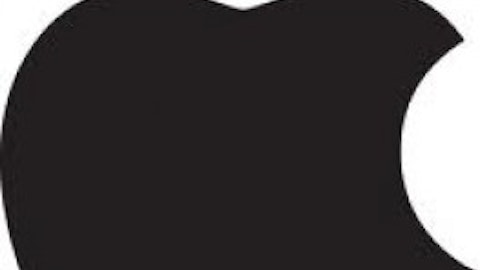On this day in economic and business history…
From its earliest days, the United States was a forward-thinking nation when it came to patent law. To that extent, the U.S. Patent and Trademark Office expanded the patent possibilities on Aug. 29, 1842 when it first enacted a design-patent statute. The very first design patent was granted that same year to George Bruce for a newly designed font. The basic structure of the 1842 law remained intact up until 1960, when Barbara Ringer of the U.S. Copyright Office examined the history of that law and discovered that 19th-century boldness had given way to 20th-century inaction:
The law provides — as it has from the start — that anyone who has invented a new, original, and ornamental design for an article of manufacture may obtain a patent for his “innovation.”
In 1842 the industrial revolution was just beginning in America, and design patent protection can be considered one of its byproducts. The 1842 law was enacted in response to demands from New England textile interests and other manufacturers whose industries were beginning to employ mass-production techniques. Despite the tremendous growth in industrial mass-production during the 19th century, however, the United States remained predominantly an agricultural economy until the 20th century. For its first 50 or 60 years, the design patent law appeared generally adequate to meet the needs of manufacturers who created their own designs.
Beginning about the turn of the century, however, the situation began to change. … By the time of the First World War, there was considerable agitation for reform of the design patent law and this has continued consistently to the present day.
In the years that followed, court decisions changed the law to favor aesthetic beauty, with rulings declaring a design patentable only if it “present[s] an aesthetically pleasing appearance that is not dictated by function alone,” as the Supreme Court ruled in 1989, and that “[a patented design must] be the product of aesthetic skill and artistic conception.” However, the growing importance of the Court of Appeals for the Federal Circuit in settling patent claims would later shift the criteria for design patents more toward original concepts rather than eye-catching designs.
Today, there are more than 700,000 design patents on file in the U.S. Patent and Trademark Office out of more than 9 million total patents. The most famous design-patent holder has been in fierce competition with the most prolific design patent grantee of recent years: Samsung gained 378 U.S. design patents in 2012 after earning 328 in 2011. These patents have been important weapons in the Korean company’s legal fight against iPhone maker
Storm of the century?
Hurricane Katrina made landfall in southeast Louisiana on the morning of Aug. 29, 2005. The huge category three storm barreled through the Gulf Coast region, leaving an unprecedented degree of damage in its wake. When the storm cleared and the wreckage was tallied, Katrina was found to have caused $108 billion in damages — four times the losses Hurricane Andrew caused in Florida 13 years earlier. Large areas of New Orleans flooded, and the botched federal disaster response remained a political lightning rod for years. Katrina was also estimated to be the third-deadliest hurricane on record: Its 1,833 confirmed fatalities trailed only the 1900 Galveston hurricane and a category four storm that struck southeastern Florida in 1928.
Berkeley Professor of Civil Engineering Raymond Seed later called the failure of New Orleans’ flood protection systems “one of the two most costly failures of engineered systems in history (rivaled only by the Chernobyl reactor meltdown).” In the same letter, he savaged the American Society of Civil Engineers and the U.S. Army Corps of Engineers for their inadequate response to the New Orleans levee failures. Two years later, the ASCE released a report blaming the USACE for design flaws in the original levee system.
The New Orleans levees have since been rebuilt to more modern standards. However, much of New Orleans remains below sea level, and a growing body of scientific study now leans toward the likelihood of more frequent and intense hurricanes; four category five storms (as Katrina had been before weakening) have occurred since Katrina, including two that formed within weeks of Katrina’s landfall. With many billions of dollars of American infrastructure at risk, it may not take long before another superstorm challenges Katrina’s record. In fact, 2012’s Hurricane Sandy approached Katrina in total costs, incurring an estimated $68 billion in damages after it made landfall near New York City.






